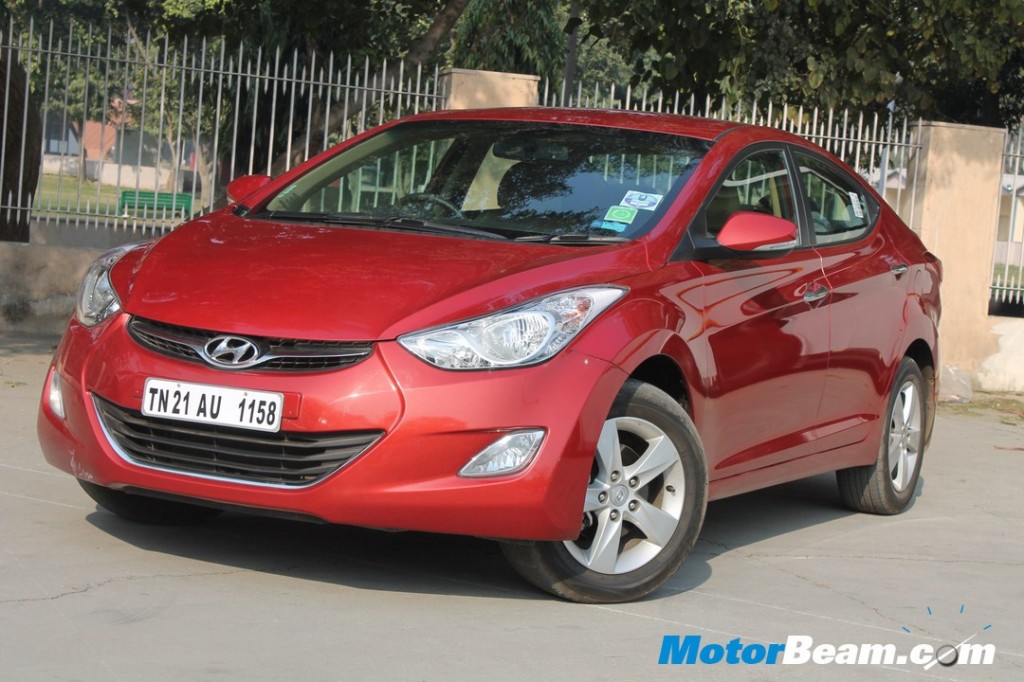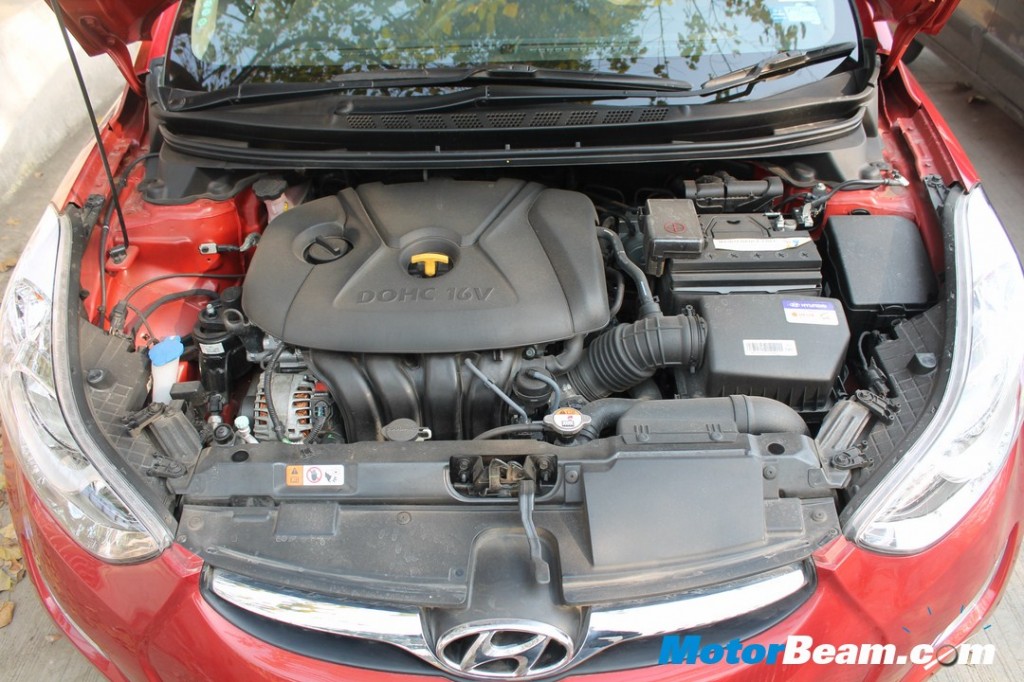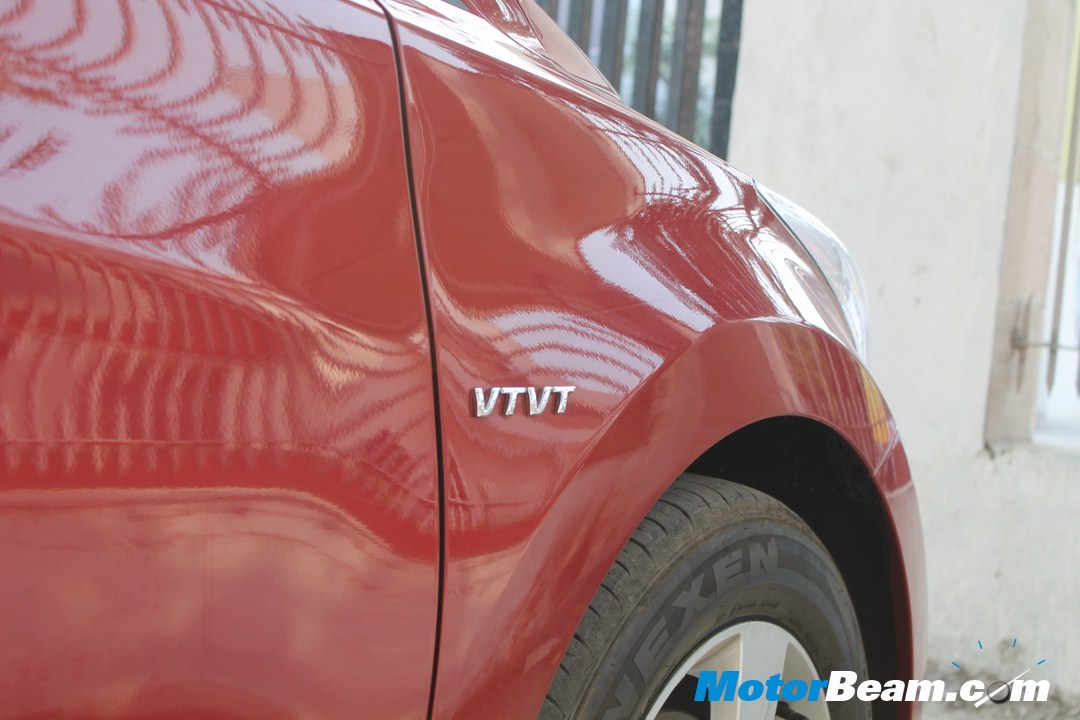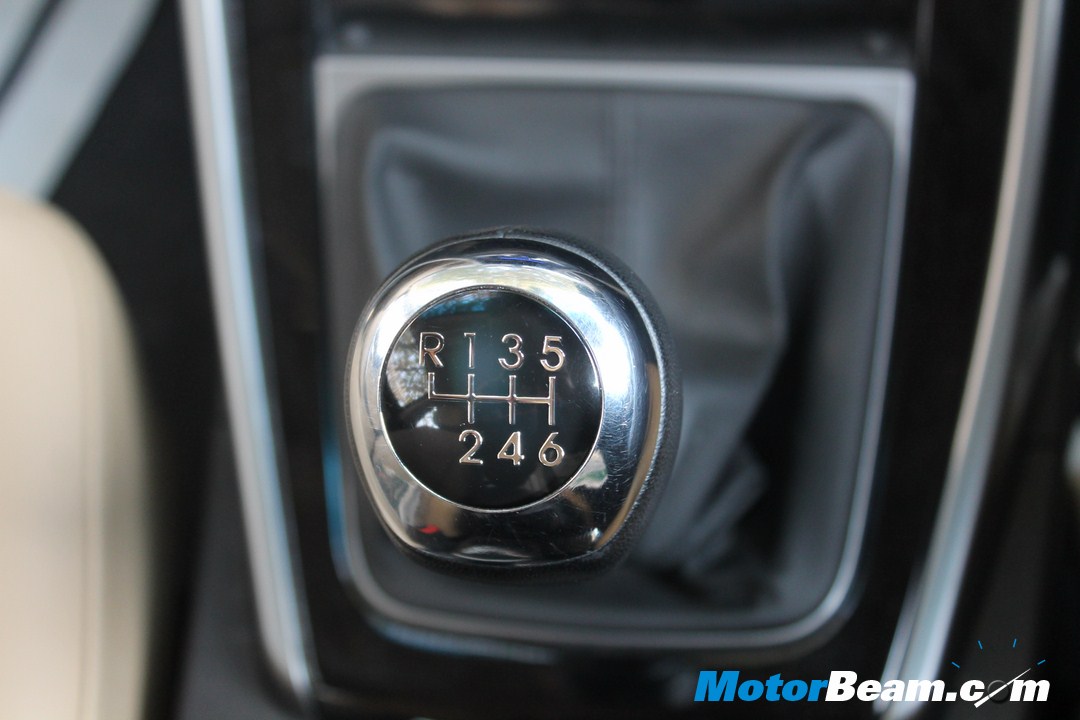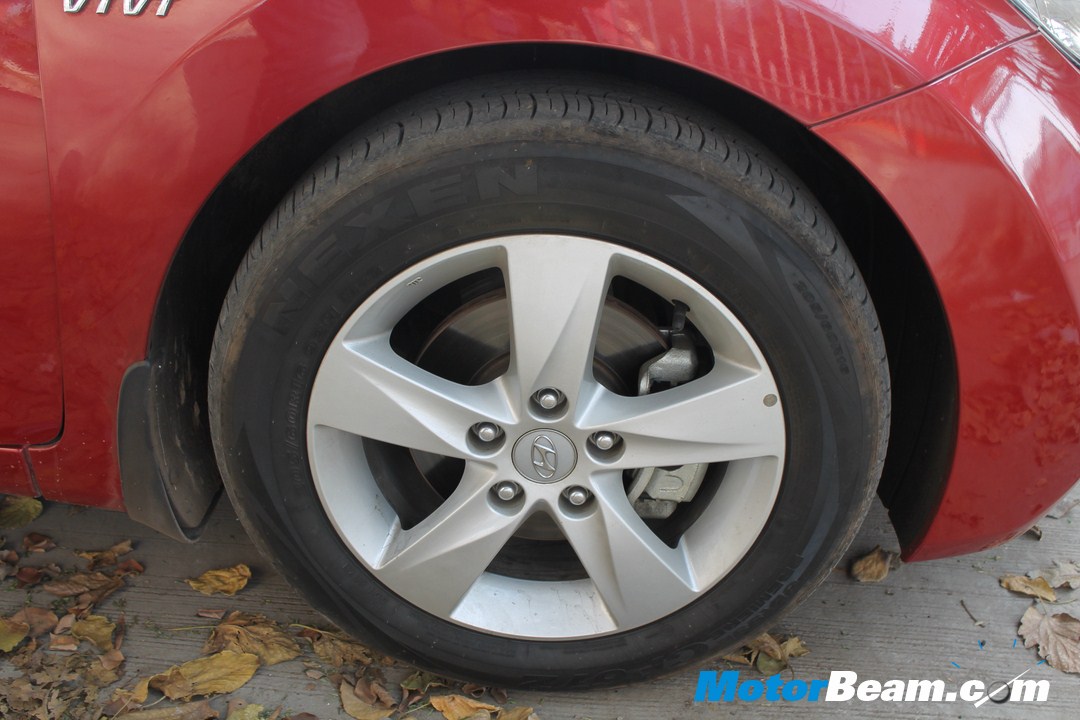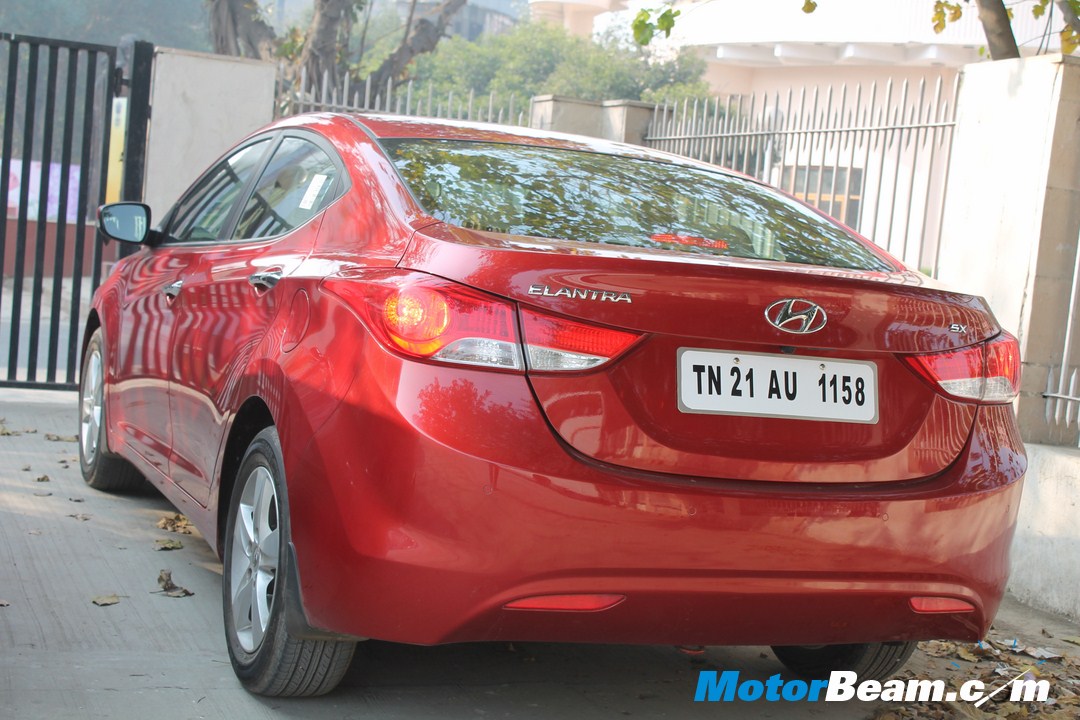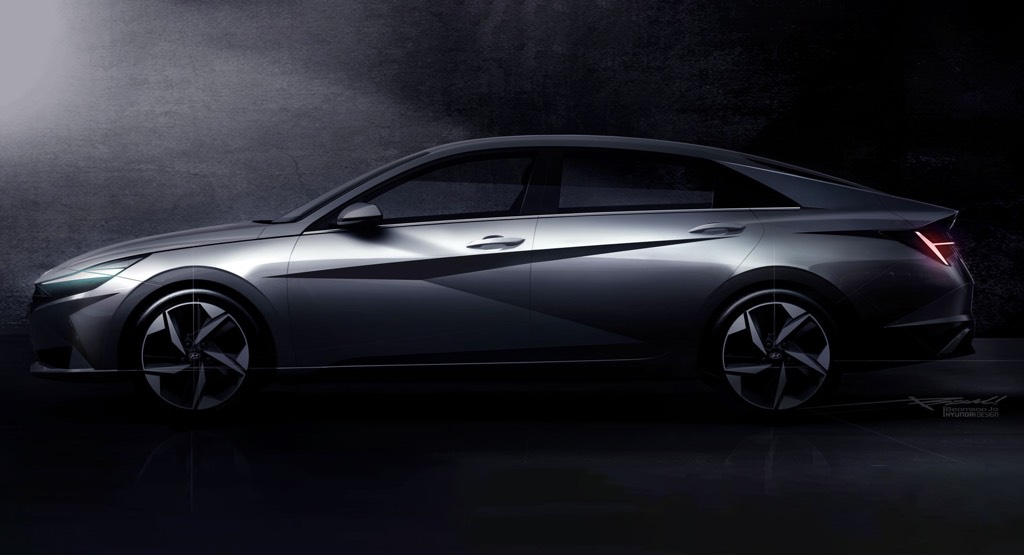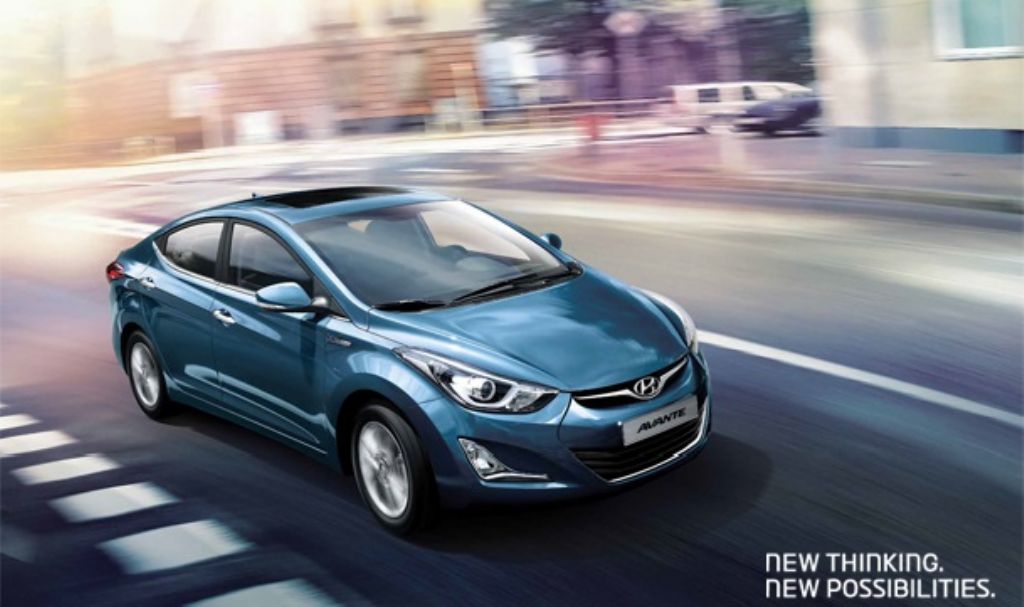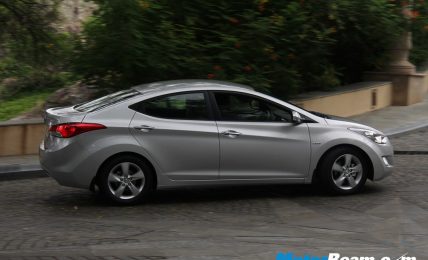Hyundai Elantra Petrol Review
The Hyundai’s Elantra’s re-entry in to the executive saloon segment has completely shaken up the market and how. It has displaced the Chevrolet Cruze from the top selling car in the segment and currently outsells the likes of the Toyota Corolla and Honda Civic, the latter having been discontinued in the Indian market by the Japanese manufacturer. What makes the Hyundai Elantra the pick of the segment, its quite easy really! Loads of gizmos, eye catchy design and brilliant performance by both the petrol and diesel mills. Hyundai also offers automatic variants in both engine options. We have reviewed the Hyundai Elanta diesel automatic in detail last year, when we drove the vehicle in Udaipur. This time we drive the petrol powered manual variant and find out why the neo fluidic design clicks.
Since we have already reviewed the Hyundai Elantra in detail, this review will be restricted to the petrol manual variant only. While everything else remains the same, under the hood is an all new 1.8 litre petrol engine. This 1797cc Dual VTVT engine produces 150 PS of power at 6500 RPM and a peak torque of 178 NM. NVH levels of the Hyundai Elantra are fantastic and you wouldn’t even notice if the engine is on idle. Though the peak power comes in the higher end of the rev band, this 1.8 motor delivers decent performance in the low end of the revv meter with a strong mid and high range.
The Dual VTVT optimizes the opening and closing timing of intake and exhaust valve based on engine RPM and load. This is advantageous as it improves engine performance and fuel efficiency and reduces harmful gas emission. There is no dearth of power and delivery is pretty smooth too. The cabin remains insulated from most of the outside noise. Step on the pedal and you will immediately notice that this engine loves to be revved and the feeling is pretty mutual, step on it and the Elantra will get you to smile. At high revs the engine gets slightly audible but its more of a whine rather than a scream.
Hyundai offers the Elantra with both automatic and manual transmissions. Our test car sported a 6-speed manual transmission. Gear ratios are tuned for both city and highway driving, the first three gears work well in the city while the sixth gear is tall and can stretch its legs nicely on a highway stint. The Elantra gearbox is slick with no rubbery feeling, shifts are precise and smooth. The ARAI certified mileage reads 16.3 km/l, practically one can expect about 12 km/l in city conditions, which is reasonable for a car of this size and weight.
All Hyundai cars have a similar handling trait and the Elantra is no different, the softer suspension setup makes the vehicle extremely comfortable and plaint in the city. Steering is extremely light and carving your way through traffic in the city is a breeze. However, it’s a different story on the highway. The steering feedback is much better than its younger sibling, the Verna, but the high speed feel is nothing compared to its German rivals. Having said that, the Elantra is the best Hyundai in the high speed stability department and feels quite at home around 100 – 120 km/hr. The rumor mill says that Hyundai is soon going to get a stiffer suspension setup for the entire line-up in the future. When this happens, there is no way you can find the Elantra at fault in the dynamics department.
The Elantra impressed us earlier and it continues to do so. The 1.8-litre petrol engine is brand new and strikes the right chord with power and mileage. If your daily commute is not too far from your home and mainly city oriented, you can’t go wrong with the petrol powered Elantra. If you tick the odometer more often, you can opt for the Elantra diesel. Whether you drive or like to be ferried around, the Elantra remains as one of the best options in the executive sedan segment.
Read The Hyundai Elantra Exhaustive Review


